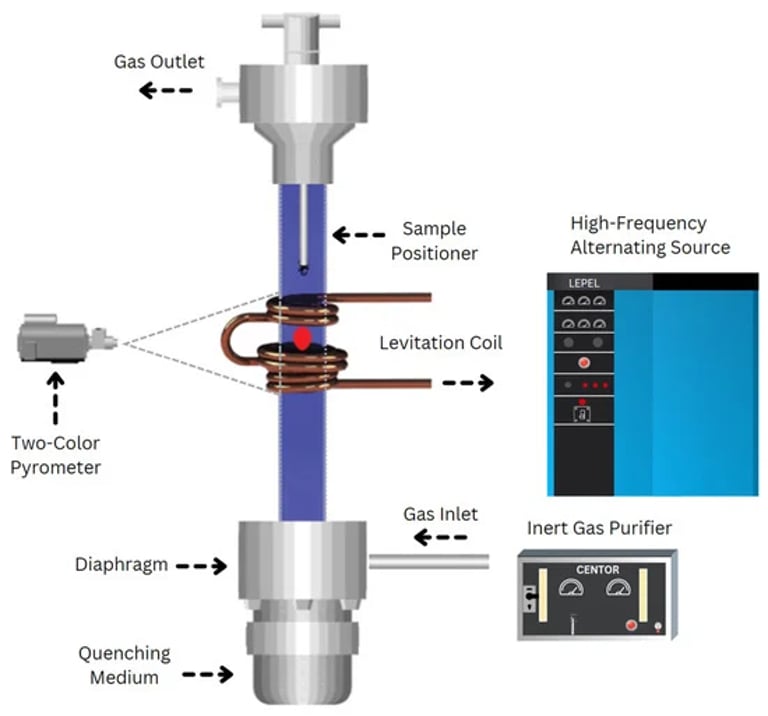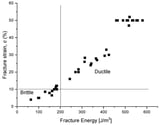Breakthrough in High-Entropy Alloys: Enhanced Magnetic and Mechanical Properties for Next-Gen Nuclear Reactors
September 29, 2024
A recent study conducted by a team from the Institute of Materials at Shanghai University, published in the journal Metals in September 2024, investigates the microstructure and properties of high-entropy alloys (HEAs).
The research focuses on the soft magnetic properties of FeCoNiAl1−xSix HEAs, specifically examining x values of 0.2, 0.4, and 0.6 under both DC and AC conditions.
Additionally, the study aims to enhance understanding of the microstructural and mechanical characteristics in (CoCrCuTi)100−xFex HEAs through systematic variation of cooling rates and compositions.
A key finding highlights the importance of optimizing microstructure and elemental segregation to improve the soft magnetic properties of these alloys.
High-entropy alloys are gaining attention for their potential applications in next-generation nuclear reactors due to their enhanced radiation resistance compared to conventional steels.
The study also examines the effects of sequential irradiation by krypton and helium ions on CoCrFeNi and CoCrFeMnNi HEAs, revealing significant changes in dislocation density.
Notably, dislocation density decreased by 1.6–2.3 times due to krypton ion irradiation, while it increased by 11–15 times with helium ion irradiation.
The alloys exhibited impressive mechanical properties, including a tensile strength of 1280 MPa at 77 K and notable corrosion resistance, with a pitting corrosion potential of 460 mV in NaCl solution.
However, the study acknowledges a significant strength-ductility trade-off in metallurgy, where increased strength often results in decreased ductility and malleability.
The research also emphasizes the need for renewed ductility measurements and predictive models to better understand the behavior of these alloys under stress.
To address existing gaps, the study constructed a more precise thermodynamic database through the CALPHAD approach, incorporating critical evaluations of experimental data.
The Pugh criterion was applied to assess ductility, indicating that ductile behavior is expected when the ratio of shear modulus to bulk modulus is below 0.575.
Summary based on 9 sources


